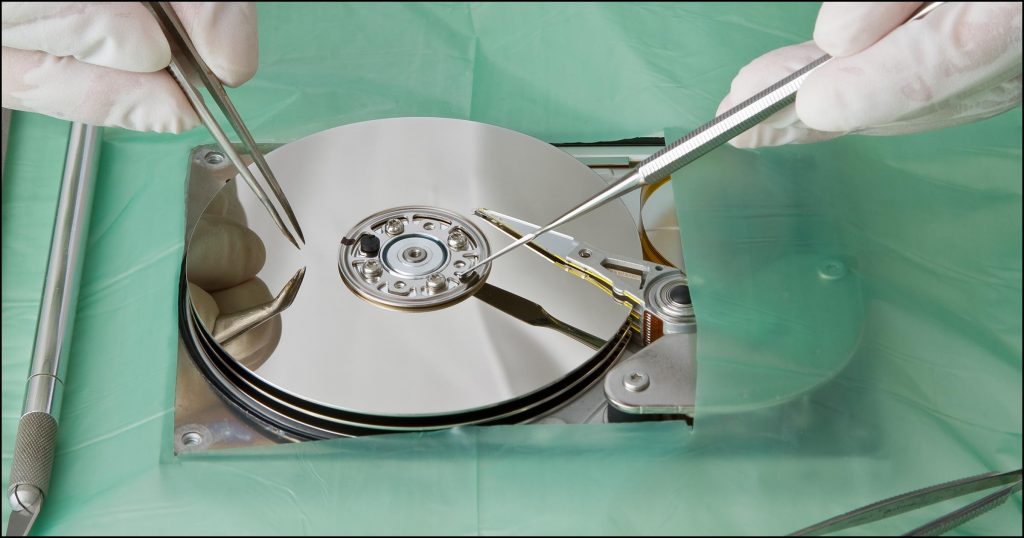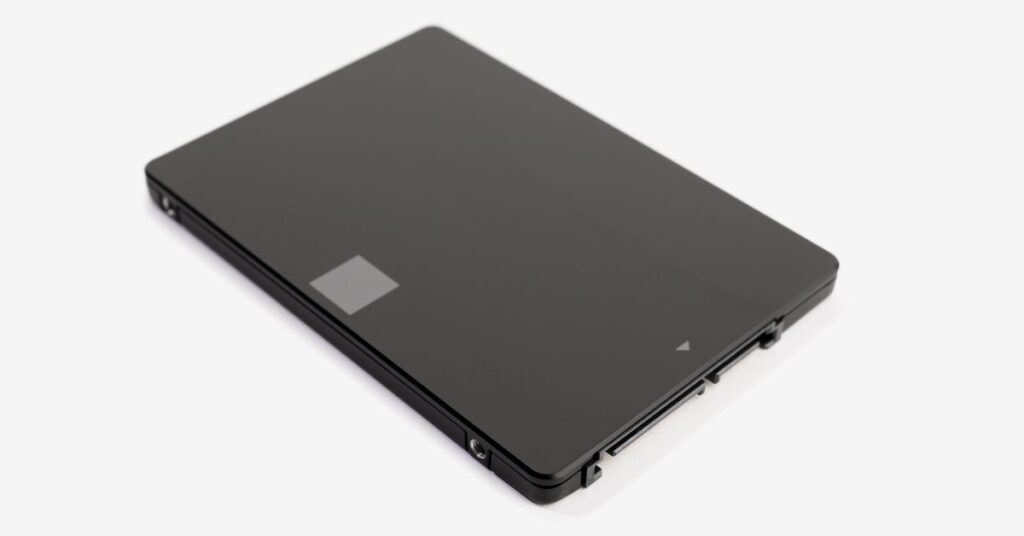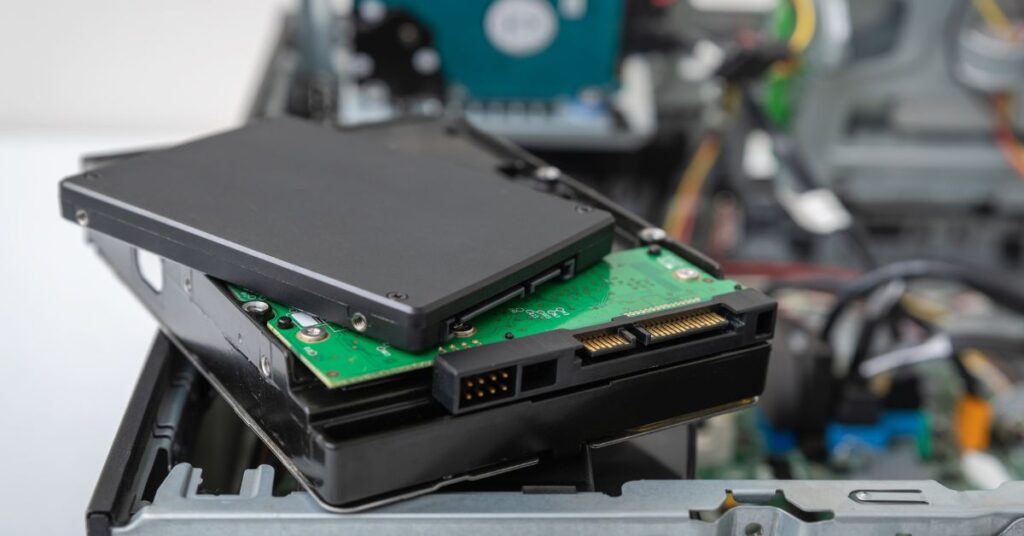Solid-state drives (SSDs) have revolutionized data storage, offering faster speeds and greater reliability than traditional hard disk drives (HDDs). However, despite their many advantages, SSDs are not immune to data loss. In this informative guest post, we’ll delve into the world of SSD data recovery, explaining the process in detail and providing valuable tips to help you recover lost data from your SSD.
Understanding SSD Data Recovery
The process of SSD data recovery involves getting back lost or inaccessible data from an SSD. This can include retrieving data from a damaged drive, recovering deleted files, or accessing data from a corrupt or encrypted SSD. The success rate of SSD data recovery depends on several factors such as the extent and type of data loss, the condition of the SSD, and the recovery methods used.
Unlike HDDs, which store data on spinning magnetic disks, SSDs rely on NAND flash memory to store information. This distinction affects the data recovery process, as SSDs and NAND memory have unique characteristics and challenges when it comes to retrieving lost data.
Common Causes of Data Loss on SSDs

Data loss on SSDs can result from various factors, including:
Physical damage:
While SSDs are more resistant to physical shocks than HDDs, they can still suffer damage due to accidents, power surges, or manufacturing defects.
Firmware corruption:
The firmware, which controls the SSD’s operations, can become corrupt, rendering the drive inaccessible and leading to data loss.
Bad blocks:
Over time, some memory cells within an SSD may become unusable, causing data stored in those cells to be lost.
Encryption issues:
If encryption software or hardware malfunctions, the data stored on the SSD may become inaccessible.
Accidental deletion:
It’s easy to accidentally delete crucial files or mistakenly format an SSD, resulting in data loss.
Virus or malware attacks:
Malicious software can compromise your SSD and erase or encrypt your data, leading to data loss.
SSD Data Recovery Methods

There are multiple methods to recover lost data from an SSD, which vary based on the reason and amount of data loss.
1. Data Recovery Software
Data recovery tools specifically designed for SSDs can help retrieve deleted or lost files. These tools often require a connection between your computer and the SSD, allowing the software to scan the drive and recover data. Popular SSD data recovery software options include EaseUS Data Recovery Wizard, Disk Drill, and R-Studio.
When using data recovery software, it’s essential to choose a tool with a proven track record and compatibility with your SSD’s file system and operating system.
2. Manual Firmware Repair
In cases where firmware corruption is the primary cause of data loss, manually repairing the firmware may be necessary. This process typically involves using specialized software to access the SSD’s firmware, diagnose the issue, and apply the appropriate fix. This method for manual firmware repair is complex, so it’s best for only experienced or professional users to attempt it.
3. Professional Data Recovery Services
If you are dealing with complex issues such as physical damage, encryption problems, or severe corruption, it may be recommended to opt for professional data recovery services. Experts in the field, like the computer forensics company in Orlando, have the skills, tools, and experience to maximize the chances of successful SSD data recovery.
Data recovery professionals use advanced techniques, like chip-off data extraction and micro soldering, to retrieve data from SSDs that are damaged or cannot be accessed.
Tips for Successful SSD Data Recovery

To enhance the likelihood of recovering lost data from your SSD, consider the following tips:
Act quickly:
The sooner you attempt to recover lost data, the better your chances of success. Over time, deleted or lost data can be overwritten, making recovery more challenging.
Avoid writing new data:
After experiencing data loss, refrain from writing new data to the SSD, as this may overwrite the lost data, reducing the chances of successful recovery.
Back up your data regularly:
Regular backups to an external storage device or cloud service can prevent permanent data loss in many situations.
Stay vigilant against malware:
Use reliable antivirus software and exercise caution when downloading files or opening email attachments to minimize the risk of data loss due to malware.
Seek professional help:
If you’re unsure about how to recover your lost data or face a complex situation, consult with a professional data recovery service to avoid causing further damage or data loss.
Conclusion
SSD data recovery is a crucial aspect of preserving your valuable information stored on solid-state drives. By understanding the causes of data loss, the available recovery methods, and best practices for successful recovery, you can navigate this daunting task with confidence. By following these tips and seeking professional assistance when needed, you can maximize your chances of retrieving your precious data and continue enjoying the benefits of your SSD’s high-performance storage capabilities.
